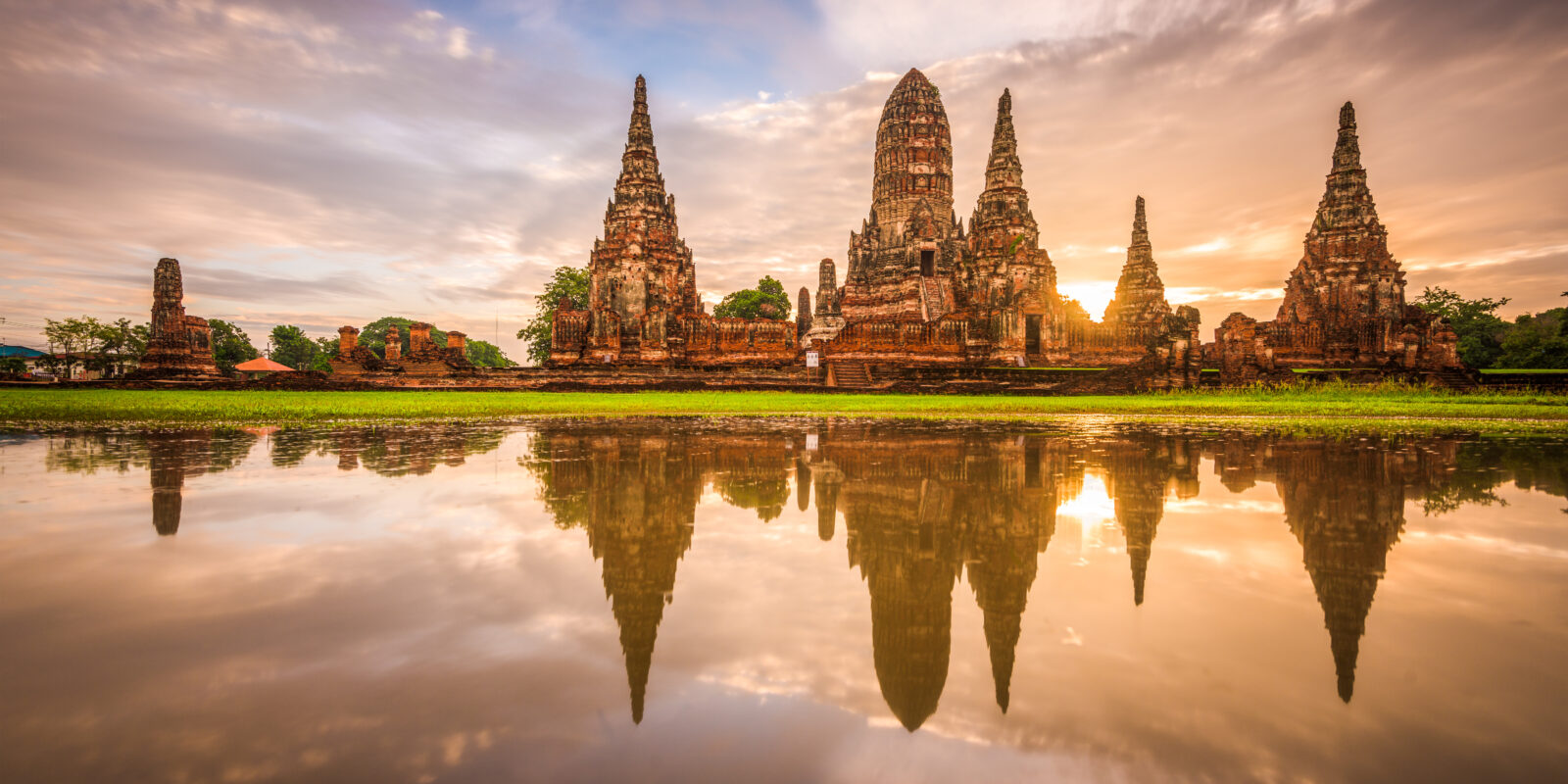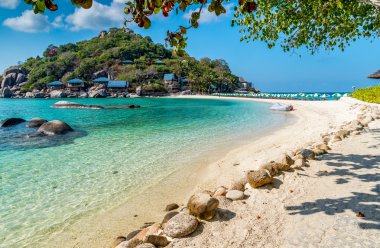Thailand is renowned for its captivating beaches, delectable cuisine, and vibrant culture, but it also boasts a rich history and breathtaking ancient sites. In this article, we’ll embark on a journey to uncover some of Thailand’s most significant historical landmarks, offering a glimpse into its captivating past and an unforgettable travel experience.
Bangkok’s Magnificent Temples:
Bangkok, the capital city of Thailand, is brimming with temples, each exuding unique architectural beauty and religious significance. The Grand Palace and Wat Phra Kaew, home to the Emerald Buddha statue, is an awe-inspiring complex that once served as the Thai royal residence. Wat Pho is renowned for its giant reclining Buddha statue and as the birthplace of Thai massage. Wat Arun, situated on the banks of the Chao Phraya River, is an iconic landmark offering panoramic views of the city.
Ayutthaya: Ruins of the Ancient Capital:
Ayutthaya, the capital of Thailand from the 14th to 18th centuries, is an ancient city today listed as a UNESCO World Heritage Site. This open-air museum, filled with magnificent temple ruins, palaces, and monuments, showcases the grandeur and power of the Siamese Kingdom. Wat Mahathat features the iconic image of a Buddha head entwined in the roots of a ficus tree, while Wat Yai Chaimongkol stands out with its colossal reclining Buddha statue.
Sukhothai: Birthplace of the Siamese Kingdom:
Founded in the 13th century, Sukhothai was the first capital of Thailand and is now a UNESCO World Heritage Site. Sukhothai Historical Park is an extensive area encompassing ancient temples, palaces, and monuments. Wat Mahathat is considered one of the finest examples of Sukhothai art, while Si Chum, with its unusual tower and sculptures dedicated to bodhisattvas, is a captivating sight.
Chiang Mai: Cultural Gem in the North:
Chiang Mai, nestled in northern Thailand, is known for its temples, mountains, and ethnic diversity. Wat Phra That Doi Suthep, perched atop a hill, is a sacred Buddhist temple offering panoramic views of the city. Wat Chiang Man, Chiang Mai’s oldest temple, houses a sacred Buddha tooth. Doi Inthanon National Park is home to Doi Inthanon, Thailand’s highest mountain, and is an ideal destination for trekking and nature walks.
Kanchanaburi: Traces of Wartime History:
Kanchanaburi is a city marked by the Death Railway, constructed during World War II by the Japanese and resulting in the deaths of thousands of prisoners of war and locals. The JEATH Museum is a poignant memorial that sheds light on this tragic event and the hardships endured by the prisoners of war. The Kwai River Bridge, one of the most iconic structures of the Death Railway, draws numerous visitors each year.
Exploring Thailand’s historical and cultural heritage will undoubtedly leave you with an unforgettable travel experience. By visiting these magnificent temples, ancient cities, and war memorials, you’ll gain a deeper understanding of Thailand’s rich past and immerse yourself in the spirit of this captivating country.
Additional Tips for Your Trip:
- The best time to visit Thailand is during the dry season, from November to April.
- The official language of Thailand is Thai, however English is spoken in some tourist areas.
- Thai cuisine is known for its spicy and flavorful dishes. Try popular favorites like Pad Thai, Tom Yum soup, and green curry.
- Bargaining is common in Thailand, especially at markets and for souvenirs.
Stay well.



